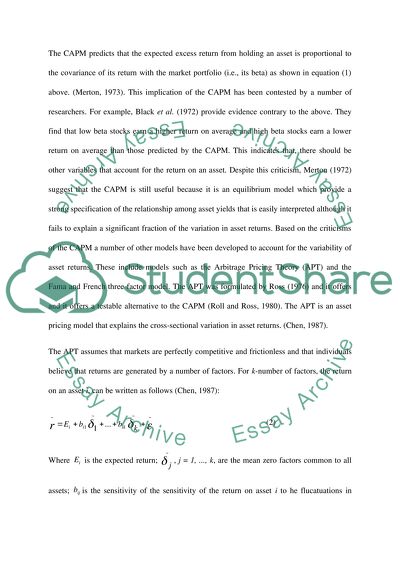Cite this document
(“Invoice Discounting: the Profitability of the Firm Essay”, n.d.)
Invoice Discounting: the Profitability of the Firm Essay. Retrieved from https://studentshare.org/finance-accounting/1517067-corporate-finance-essay
Invoice Discounting: the Profitability of the Firm Essay. Retrieved from https://studentshare.org/finance-accounting/1517067-corporate-finance-essay
(Invoice Discounting: The Profitability of the Firm Essay)
Invoice Discounting: The Profitability of the Firm Essay. https://studentshare.org/finance-accounting/1517067-corporate-finance-essay.
Invoice Discounting: The Profitability of the Firm Essay. https://studentshare.org/finance-accounting/1517067-corporate-finance-essay.
“Invoice Discounting: The Profitability of the Firm Essay”, n.d. https://studentshare.org/finance-accounting/1517067-corporate-finance-essay.


